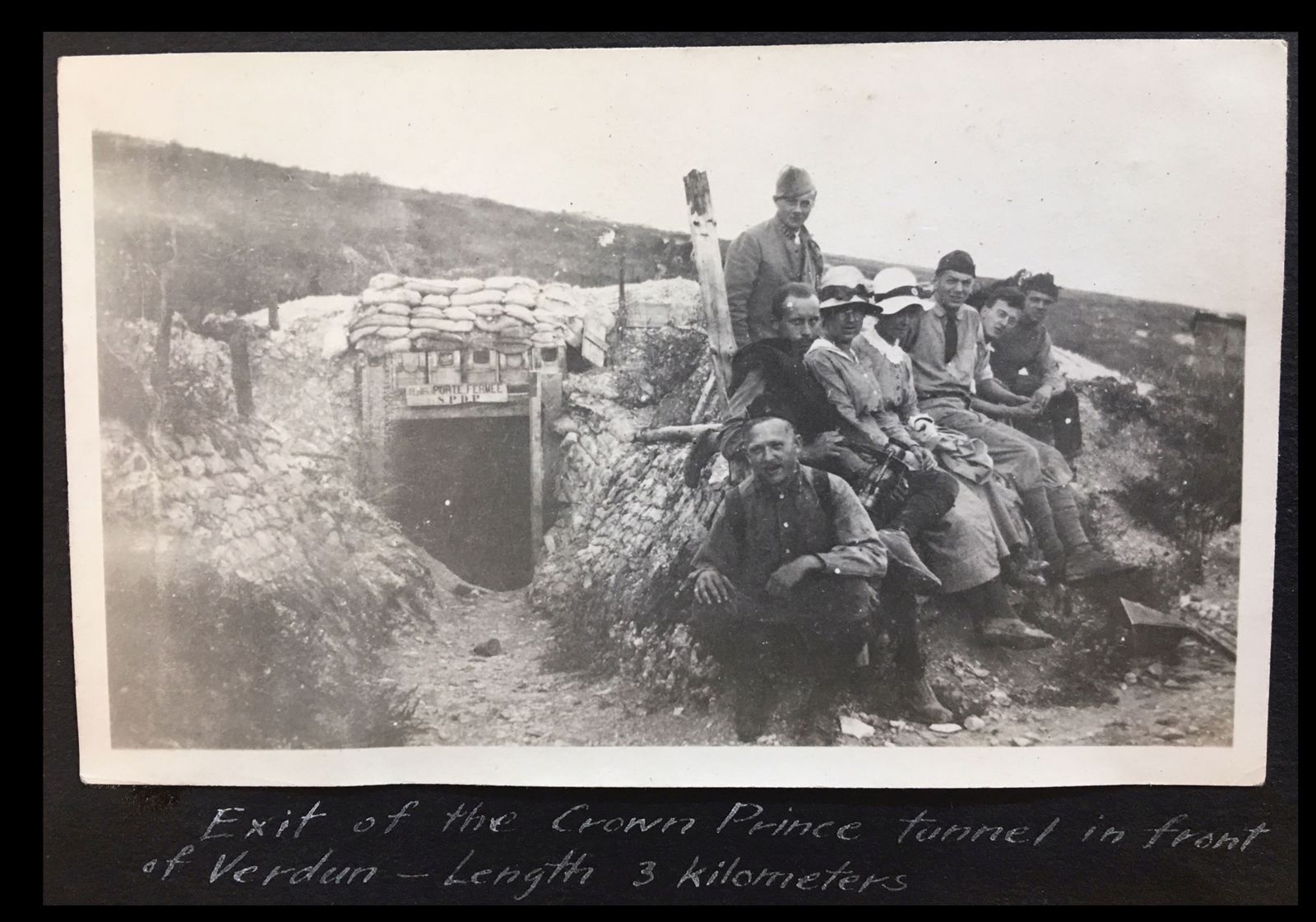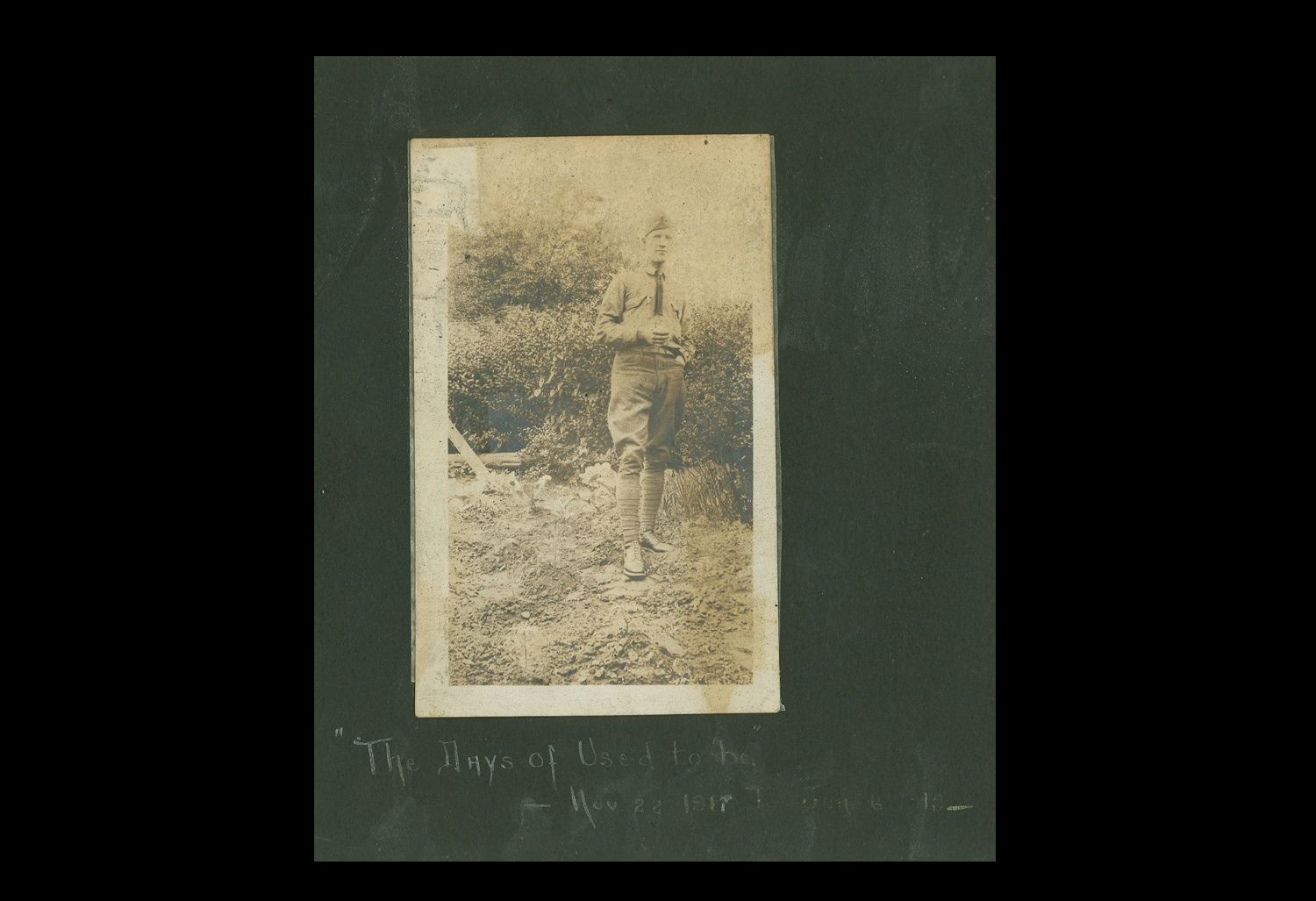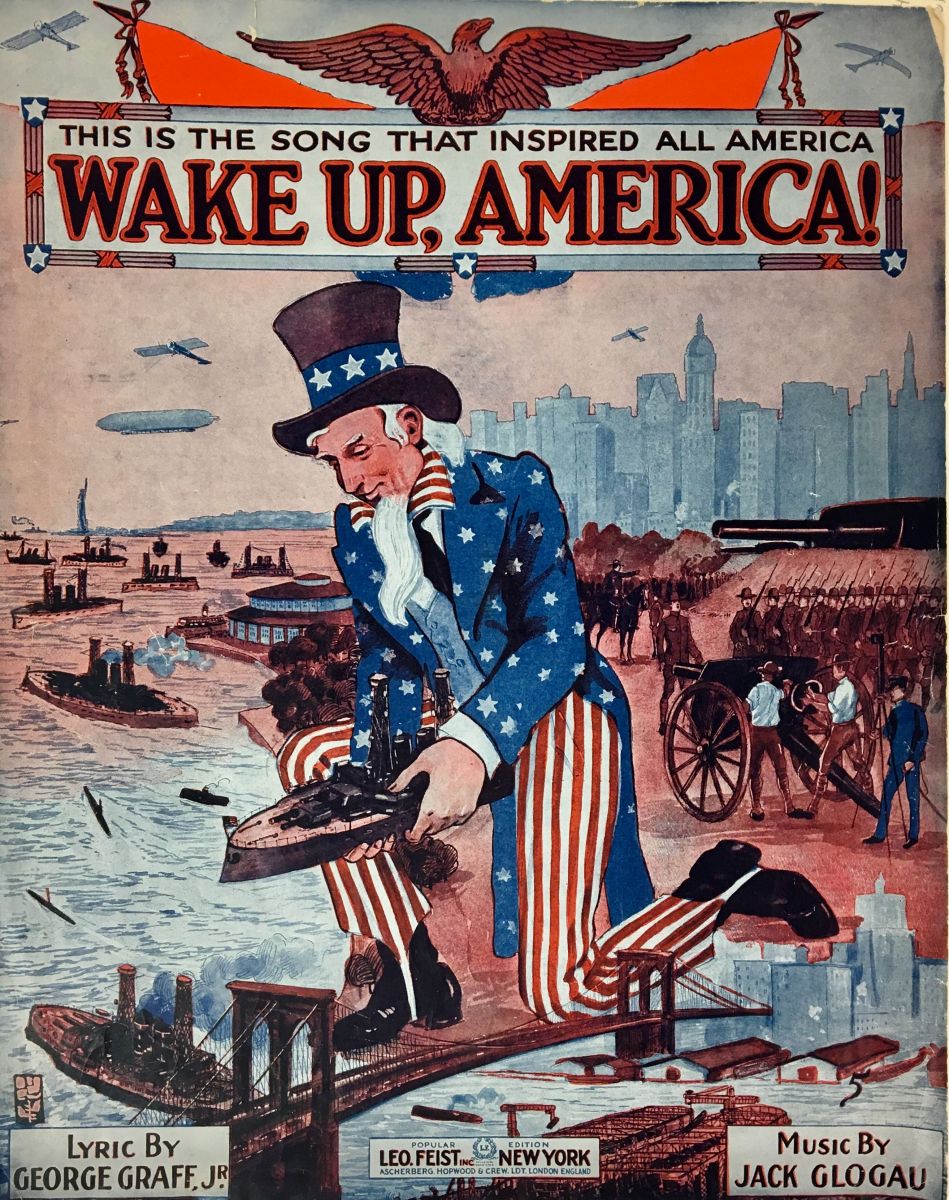World War I in the Everyday Experience

“Hargobind with his troops started for front ….” Written in red ink, this phrase records a son’s departure for the Mesopotamian front during World War I. 100 years after they were penned, I could still sense the words’ stark emotion. How many families recorded similar sentiments as their loved ones left for various war fronts?
As an Exhibit Apprentice in Swem’s Special Collections, I had the opportunity to curate a World War I centennial exhibit. To my initial surprise, Swem houses an assortment of WWI materials. From journals written in Jaipur, India, to images of drills here at William & Mary, the displayable options were many. I was moved by the personal nature of these items: letters between siblings, photos of friends, and final messages to loved ones.

The collections show that WWI affected the everyday experience of people around the world. It is important to exhibit this point, as the war was a global conflict with fronts on almost every continent. However, World War I is largely superseded by World War II in American collective memory. For this reason, Jennie Davy, Swem’s Exhibits Manager, suggested the display be anchored by a timeline. This chronology highlighted the relatively late date of U.S. entry, and the widespread scope of military and civilian experience. As I worked on this timeline, I was grateful for Special Collections Graphics Student Assistant, Abram Clear, whose expertise enhanced the exhibit’s focus and layout.

I searched for materials that illustrated how the war permeated daily life. I found scrapbooks preserving images from Middle Eastern locales, programs for rallies in the United States, enlistment papers, and even an unused ticket to the Folies Bergère in Paris. In precise handwriting, one scrapbook (https://digitalarchive.wm.edu/handle/10288/16273) editorializes the war in thought-provoking ways: "The Days of Used to Be, Nov. 22, 1917" captions one image of a uniformed, unidentified man. Is he the scrapbook's creator, or a friend who died on the Western Front? How might I read this statement? What “Used to Be”? As I perused items, increasingly mournful and reflective, I settled on a title: “We Willed It Not”: World War I in the Everyday (adapted from a 1915 poem by John Drinkwater).
Along with scrapbooks, I surveyed books housed in Special Collections. From satire to documentary, these texts write the war in ways that informed how civilians, removed from direct warfare, learned about the war.

The Sheet Music Collection is another amazing resource. WWI music ranged from patriotic to risqué, and their cover sheets illustrate additional messages: duty, romance, and self-sacrifice. The Carson Dale Collection tells of an American serving with the British (https://libraries.wm.edu/blog/post/letters-home-world-war-i); his letters document how soldiers vacillated between boredom and terror while waiting at the front. The Keystone World War Through the Stereoscope collection shows the war’s catastrophic and mundane moments: camp kitchens, hospital wards, dog training, and post-bombardment devastation.
These materials coalesced to create a bigger picture for me—a collage illustrating WWI’s effect on the everyday experience.
“We Willed It Not” will be on exhibit in the Special Collections lobby through August 12, 2018.

